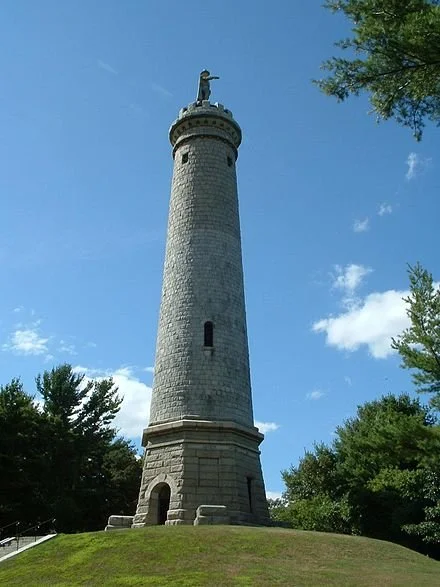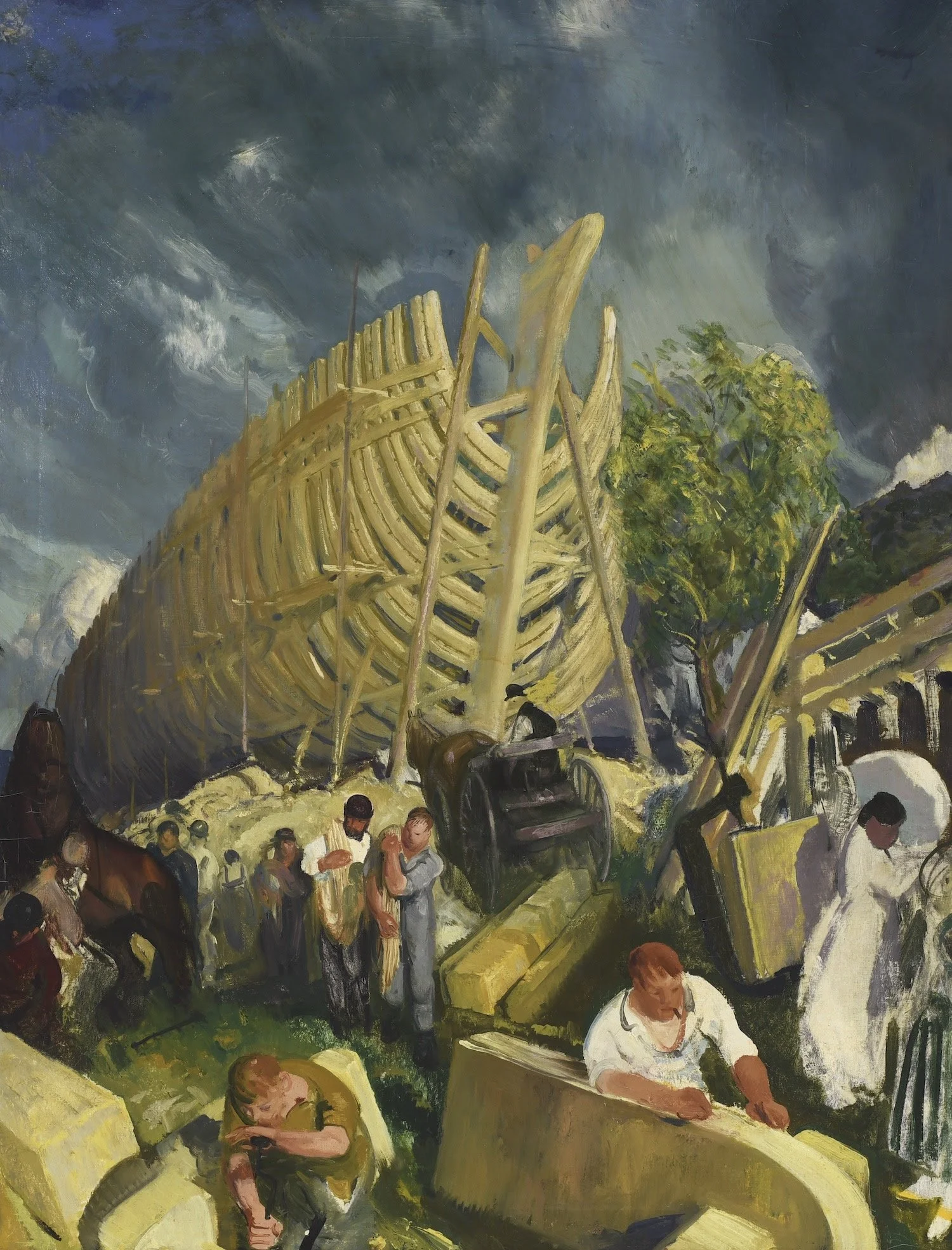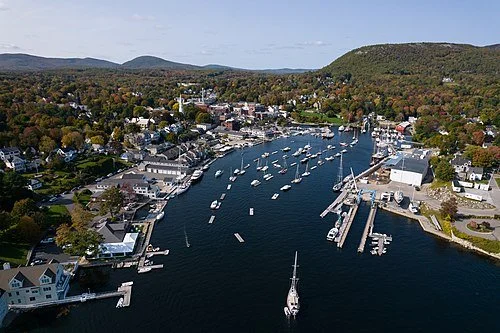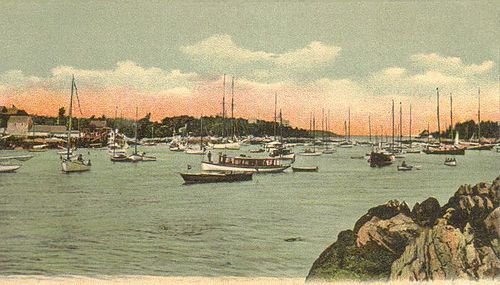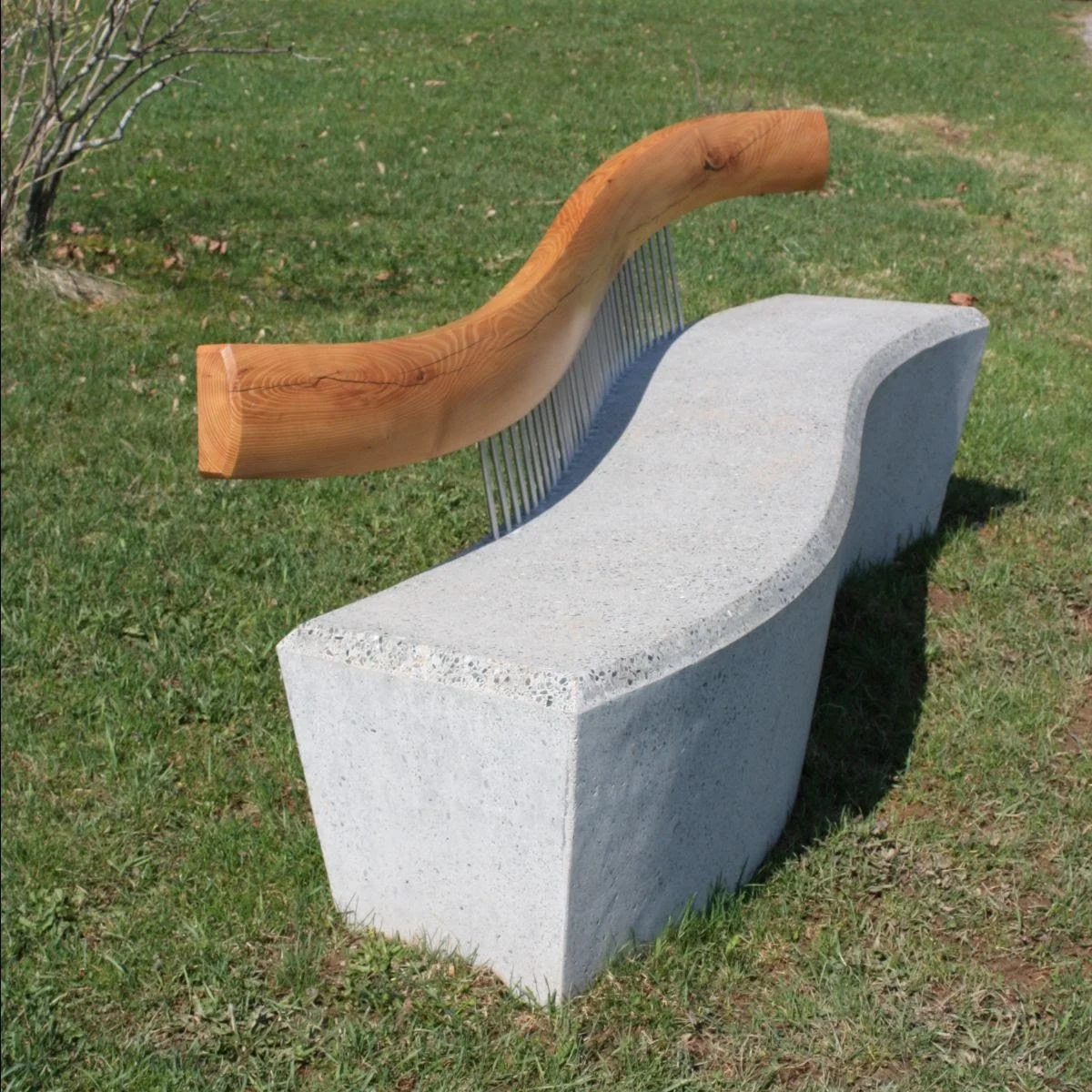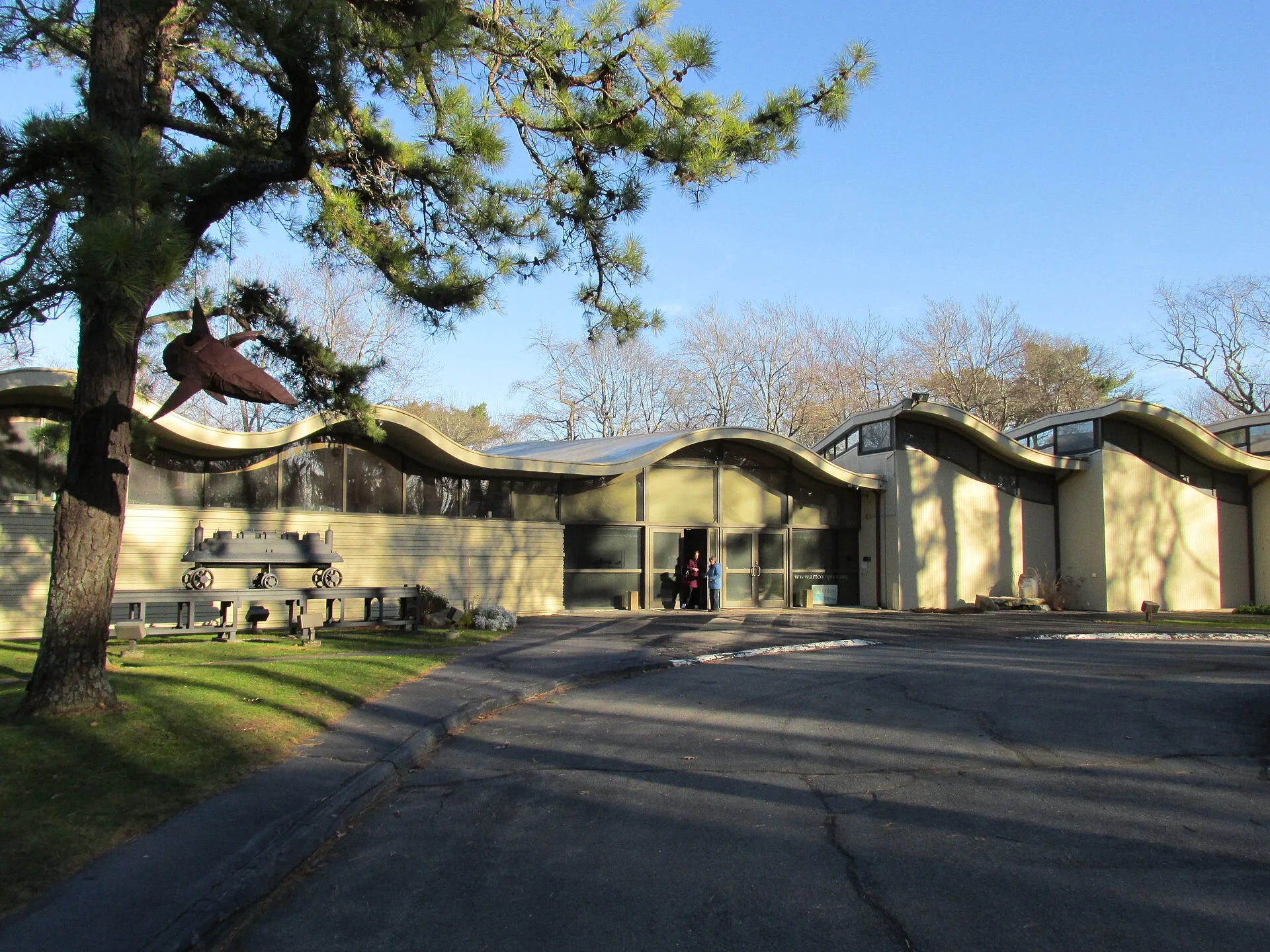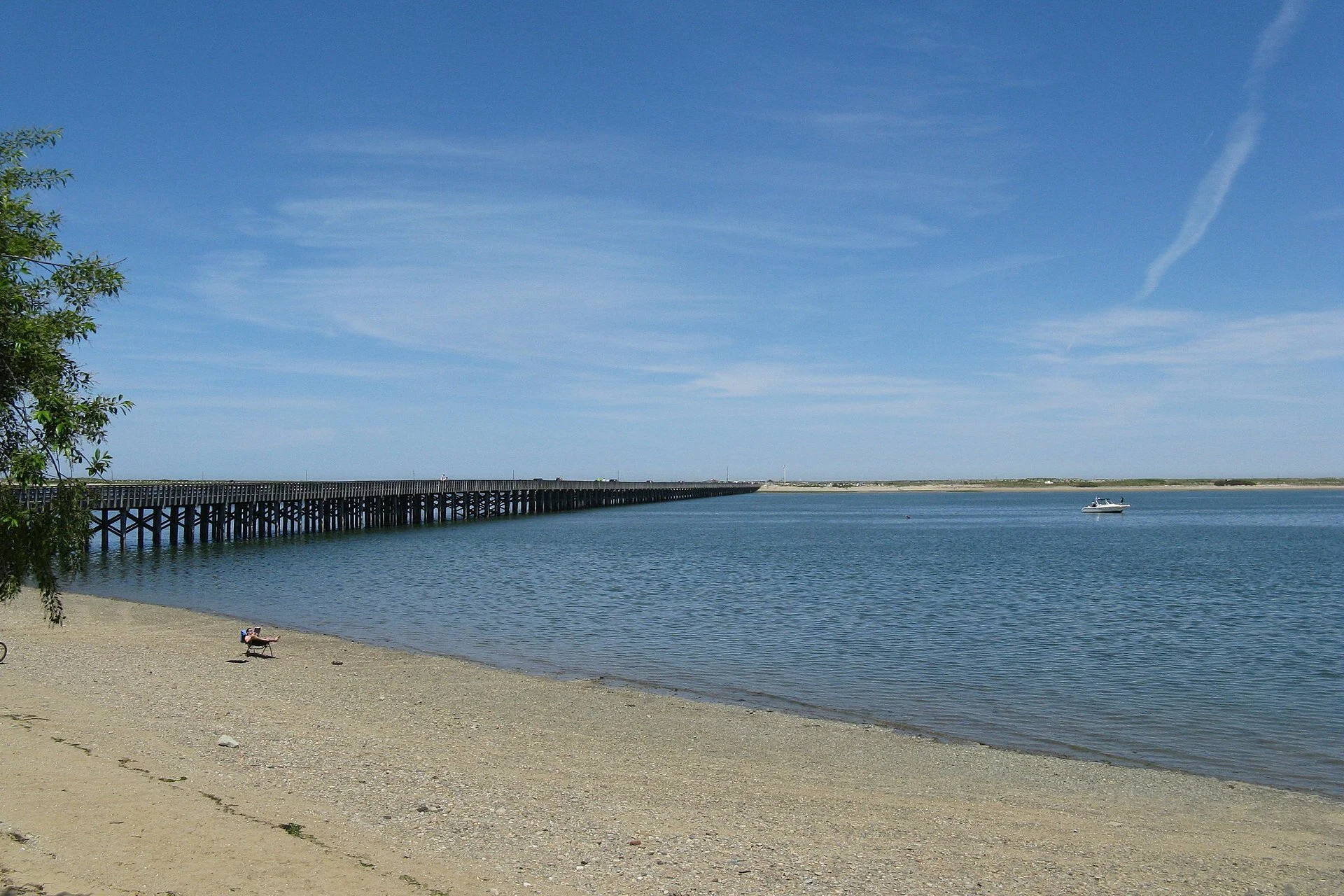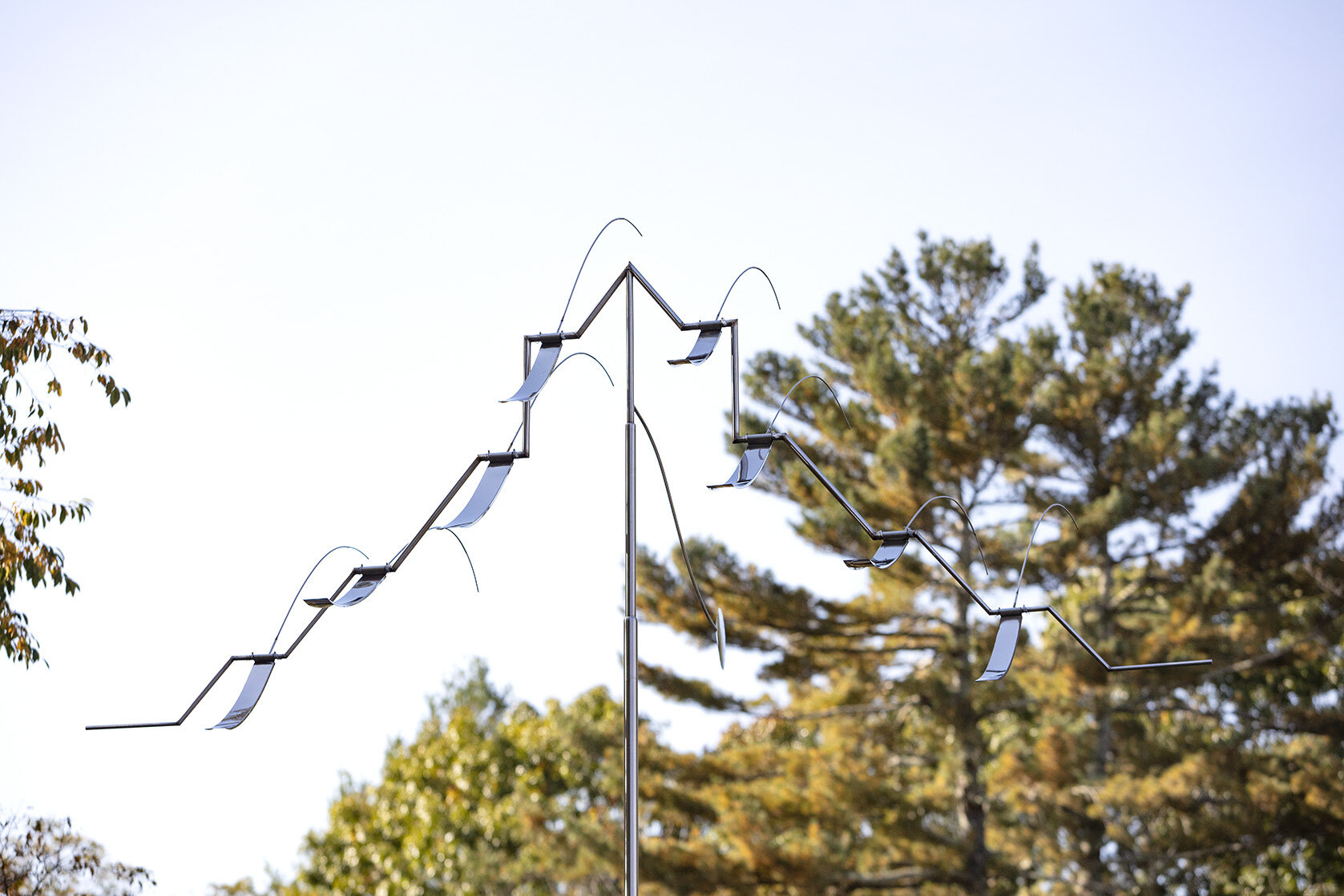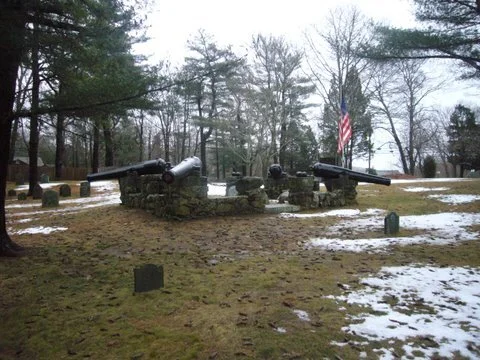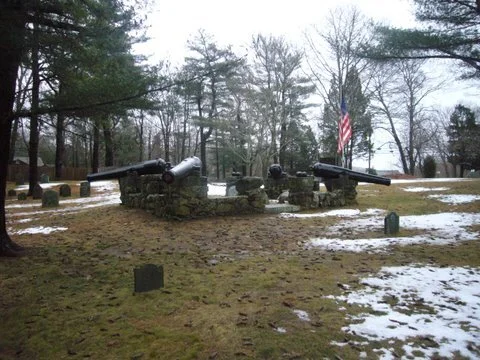
(FRANK CARINI is editor of ecoRI News )
Sea-level rise, more frequent and intense storms, and the subsequent flooding being caused by these climate-change impacts are putting U.S. historic sites at risk. The Cambridge-based Union of Concerned Scientists (UCS) lists Boston’s historic districts among the country’s most endangered.
History-rich and waterlogged southern New England needs to develop a plan on how to adequately protect the region’s many cultural resources and historic buildings from a rising tide of sea and flood waters.
The May 2014 UCS report that lists Boston among the 30 most at-risk historic areas across the country notes that the city is one of several along the East Coast experiencing more frequent and severe coastal flooding and more intense storm surges.
“You can almost trace the history of the United States through these sites,” said Adam Markham, director of climate impacts at UCS and the report’s co-author. “The imminent risks to these sites and the artifacts they contain threaten to pull apart the quilt that tells the story of the nation’s heritage and history.”
The 84-page report claims rising waters are a threat to Boston’s historic Long Wharf and to Blackstone Block — a compact district of narrow, winding streets and alleys dating to the 17th century.
Ten of the 20 highest tides in Boston during the past hundred years have occurred in the past decade, according to the report. Since 1921, when such record keeping began, the city has experienced waves 3.5 feet taller than normal 20 times, and half of those instances have occurred in the past 10 years.
In fact, high tides along the East Coast are getting, well, higher, largely because sea levels are increasing. National Oceanic and Atmospheric Administration (NOAA) scientists have said these increases are the result of shifts in climate — the seas, on average, are 8 inches higher than a century ago. The result is the growing occurrence of flooding in coastal communities.
Had Sandy, the October 2012 superstorm that wreaked havoc on New York and New Jersey and damaged historic buildings and landscapes up and down the Mid-Atlantic coast, hit Boston about five hours earlier, at high tide, the damage to some of the city’s historic sites would have been severe.
The Blackstone Block of Colonial streets, for one, would have flooded, according to the Boston Harbor Association. An association report claims that nearly 7 percent of the city would have been flooded, with floodwaters reaching City Hall, had Sandy arrived earlier.
The additional destruction under this scenario would have significantly damaged Boston’s economy. Some 12 million tourists visit the city annually, generating about $8 billion for the local economy. Many visit to walk the Freedom Trail, browse Faneuil Hall, a U.S. National Historic Landmark, and dine in some of the country’s oldest restaurants.
In fact, the Organization for Economic Co-operation and Development ranks Boston the eighth-highest metropolitan area worldwide in expected economic losses, estimated at $237 million annually, on average, between now and 2050, because of coastal flooding.
Boston, however, is hardly the only seaside southern New England community with a fine collection of historic attractions. Rising tides also threaten historical properties in Fall River, New Bedford, Providence, Wickford Village in North Kingstown, R.I., and Groton, Conn., among other places.
Cultural resources — i.e., libraries, archives, historical societies, museums, city/town halls and historic farms— are an important part of southern New England’s unique heritage. Their significance also includes the literary works, rare collections, manuscripts, historical archives, municipal records and artifacts they hold.
The Massachusetts seaside towns of Duxbury, Marshfield and Scituate are rich in New England history, and they’re also prone to flooding because of rising tides and heavier storm surges. In fact, the three South Shore communities in the past 35 years are collectively responsible for nearly $80 million in FEMA Flood Insurance claims — nearly a quarter of the state’s total, according to a recent study.
From 1978 to 2013, the three towns received a total of $78.3 million in flood-related claims, as compared to the total of $337.8 million for all of Massachusetts.
These communities are particularly vulnerable to sea-level rise because of their extensive floodplains and estuaries that reach into inland areas. In addition, their densely populated shorelines are fronted by narrow and fragile coastal and barrier beaches that are exposed to high-energy surf from Massachusetts and Cape Cod bays.
They have all experienced extensive damage over the years from storm-related flooding, which is predicted to worsen in the years ahead.

The Brown Street Bridge and much of historic Wickford Village in North Kingstown, R.I., was inundated during Superstorm Sandy’s visit in 2012. (Photo from Coastal Resources Center at University of Rhode Island.)
Grover Fugate, executive director of Rhode Island’s Coastal Resources Management Council (CRMC), has warned that some projections show sea levels rising as much as 6 feet in the next 100 years. If that happens, he says much of Wickford Village would be lost.
A 6-foot rise would flood about 150 parcels of land in Wickford, as much as 5 percent of the town, according to a Rhode Island Sea Grant analysis. The value of the land that would be lost is some $80 million.
Wickford’s municipal parking lot already floods regularly at moon tides. During Sandy, the iconic village lost power, basements were flooded and septic systems overwhelmed. Street flooding turned some properties nearest Wickford Harbor into small islands.
With this historic village — regarded by many as the town’s heart and soul — so vulnerable to flooding, Rhode Island selected North Kingstown for a pilot project in a statewide effort to develop climate-change adaptation measures. One of the project’s first tasks was to map areas of North Kingstown vulnerable to sea-level rise and flooding and then identify priority at-risk infrastructure, buildings and assets in those areas.
It likely would take a massive engineering project to properly protect this harborside village. This prospect begs the same question municipal officials, historical societies and homeowners across southern New England are grappling with: “How do we protect our properties and these districts from climate change without sacrificing their cultural integrity?”
“How do we balance preserving the historical integrity of these homes and also get them out of the way?” Teresa Crean, a community planner and coastal management extension specialist with the Coastal Resources Center and Rhode Island Sea Grant, said during a “resiliency walk” she led along Wickford Harbor in October. “There’s little guidance currently that addresses how to deal with historic districts when it comes to climate change.”
Complex problem The complexities of coastal adaptation combined with little guidance from the federal government makes the problem of protecting historic districts from climate change all the more difficult.
To slow the rate of change and give archaeologists, historic preservationists and land managers more time to protect historic sites, carbon emissions must be reduced, according to last year’s UCS report. But even if we manage to reduce our carbon emissions, much of the change is already locked in, according to accepted science.
In Boston, where many properties are close to sea level and many areas were originally wetlands filled for development, the Harbor Association has suggested, among other things, that the city consider making room for the encroaching waters with canals and/or lagoons.
A 117-page study released in July 2013 entitled “Building Resilience in Boston: Best Practices for Climate Change Adaptation and Resilience for Existing Buildings” offers experts’ recommendations for property owners in preparing for emergencies related to climate change.
Many of the techniques that are available to protect properties and/or districts are costly and/or don’t mesh with historic-district rules. Elevating a home, for example, can cost upwards of $150,000, according to Crean. She noted that in The Point neighborhood of Newport, R.I., which has one of the highest concentrations of Colonial homes in the United States, some homeowners have elevated their property to get out of the flood zone.
“But then there’s the ongoing discussion on consistency and what historic district commissions will allow,” Crean said.
Across southern New England such discussions have already become heated. Like most issues related to climate change, it’s difficult for some to even admit there’s a problem. Add historic district to the equation, and the issue becomes even more complicated.
Two years ago, Newport banned wind turbines from most of the city. Local officials were particularly concerned about property owners erecting small turbines anywhere in the city’s historic neighborhoods.
That same City Council concern, however, didn’t transfer to the power lines that connect the old homes in these neighborhoods to utility poles, or to satellite-TV dishes.
Just like the debate, often heated, that surrounds what is allowed in these historic neighborhoods, the conversation about how to protect them from climate change will likely be even more contentious.
Among the issues that will likely be hotly debated will be septic systems. To see how divisive the issue of cesspool phaseout and connection to municipal sewer can be, look no further than Warwick, R.I.
Much of the public opposition there comes from homeowners who are concerned about cost. Others have said, incorrectly, that if a cesspool — which is nothing more than a perforated steel bucket buried in a shallow pit or a covered pit lined with unmortared brick or stone — is properly maintained it will last forever. Some opponents against having to connect to the city’s sewer system have called the idea a tax; others have called it extortion.
Similar opposition has been heard in other communities in the region, such as Portsmouth, R.I.
In North Kingstown, however, most of the town is scheduled to be sewered by 2017, but Wickford will not be, and property owners there will be required to upgrade failing septic systems, which are typically expensive projects.
“At what point do you allow properties to be occupied when you can’t flush a toilet?” Crean asked. “It’s another tough question we’re struggling with, to honor property rights and investments made and to protect public safety and health.”
There are homes in historic districts in Massachusetts, Rhode Island, such as Wickford, and Connecticut that can’t flush their toilets now after heavy rains, for fear of popping the caps off their inundated cesspools or septic tanks.
In fact, climate-change impacts will likely increase groundwater elevations in southern New England’s coastal areas, which could potentially impact underground infrastructure, such as septic tanks and cesspools, commonly found in historic districts.
Protecting the region’s historic properties from the rising waters of climate change will take planning, funding, compromise and sacrifice. It will be considerably more difficult than simply enacting a plastic shopping bag ban, and we’ve seen how punishing that endeavor has become.
Impacts to historical/cultural resources from climate change range from coastal erosion and storm damage to the effects of increased flooding, melting permafrost and more rapid deterioration because of changing rain and temperature patterns, according to the National Park Service.
To properly protect the country’s inventory of these resources, the federal agency has noted:
Cultural resources can’t be managed in isolation; natural resources and the surrounding landscape must be taken into account.
A national inventory and prioritization of vulnerable sites is needed to assess the uniqueness of these sites.
A time frame for adaptation strategies needs to established.
A resource in poor condition due to deferred maintenance or insufficient funding has a different kind of vulnerability.
There is no natural hierarchy or sequence for the criteria; they should be assessed as more of a matrix that will vary site to site.
To incorporate many of the possible solutions will likely require zoning changes and embracing best technologies. For instance, would municipal zoning and/or historic-district guidelines allow for the use of composting toilets? Would home owners be interested in installing them?
Also, utilities in most historic homes are in the basement and vulnerable to flooding. Where can they be moved to better withstand increased flooding that climate change is expected to cause?
Can solar panels and wind turbines be tastefully incorporated onto historic buildings? Will green roofs be allowed in historic districts?
“Zoning needs to catch up with new technologies and best practices,” Crean said. “But a lot of agencies aren’t even on the same page.”
As Crean noted during the October tour of Wickford Village, one thing is for sure, “The longer we wait to address this problem, the more expensive the solutions become.”
Both financially and culturally.




